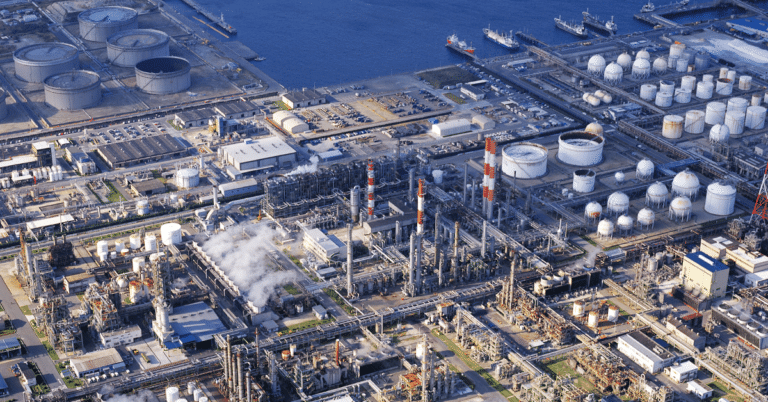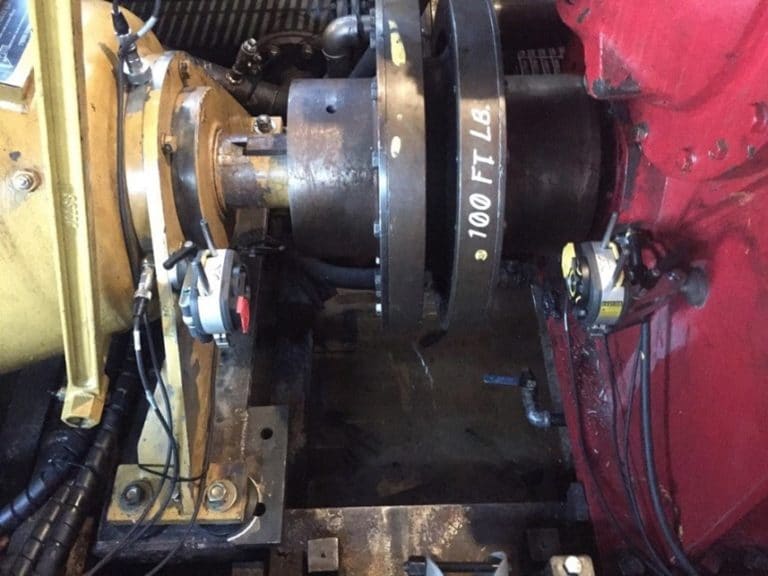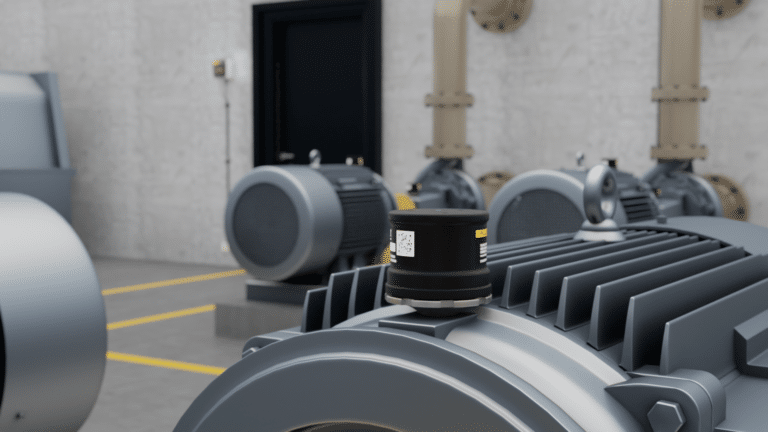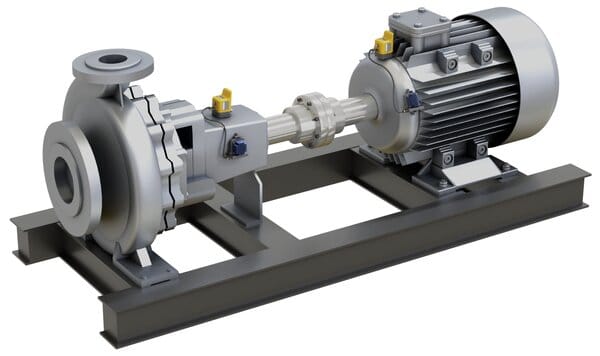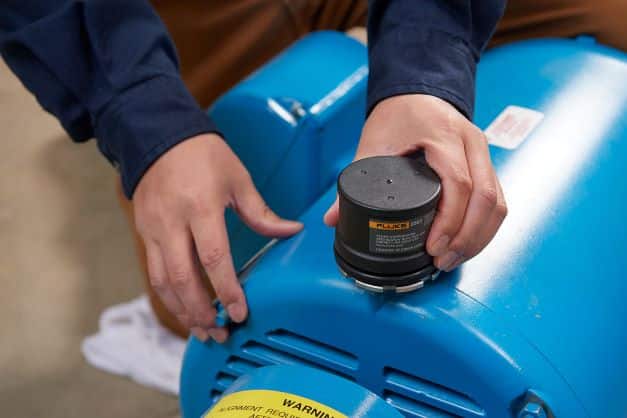
Remote condition monitoring has quickly become a mainstay for organizations looking to get a pulse on their equipment health and improve performance. Simply put, remote condition monitoring is when teams track asset health even when they’re not on-site. Typically, this is made possible through condition monitoring tools like sensors and cloud-based software, which provide maintenance teams with invaluable, real-time insights into their operations – and the ability to act on those insights.
Advancements in wireless condition monitoring and Internet of Things (IoT) technologies have centralized data, systems, and teams in a way that wasn’t possible in the past – making remote condition monitoring an incredibly powerful and effective tool for organizations on their reliability journeys. Furthermore, remote condition monitoring technology has recently become more affordable and accessible, allowing teams of almost any budget to realize the advantages. The advent of remote condition monitoring services, like those offered by Fluke Reliability, has also made it easier than ever for teams to embrace.
Keep reading to learn the benefits of remote condition monitoring and best practices for getting started with a condition monitoring program.
Top Benefits of Remote Condition Monitoring
Resolve Issues Before They Become a Problem
One of the major benefits of remote condition monitoring is that it allows teams to find and solve issues before they become problems by remotely tracking equipment health and performance metrics – like vibration and temperature data. This data can now be made accessible in real time by pairing sensors and software. The combined connectivity integrates systems and enables maintenance teams to collaborate and take action on that data from anywhere.
In addition to real-time insights, teams can also track and analyze trends in machine health and performance data anytime and anywhere there’s an internet connection. A technician does not have to be standing in front of an asset with a handheld tool to know how it’s functioning. A consultant with specialized expertise does not have to be in the same time zone or country to offer input and analysis based on asset data.
Access and Act On Asset Health Data from Anywhere
One of the true values of remote condition monitoring is the flexibility it opens up. Real-time asset health data is just as accessible to someone in another country or on the road as it is to someone on-site. Especially considering the rise of remote work, or the prevalence of multi-site operations, this accessibility gives teams the ability to collect and act on the data they need without it being cost prohibitive.
Around-the-clock data tracks events and can trend them over time. This can make intermittent and rare faults easier to spot and to solve in the future. With sensors capturing data and sending it to the cloud automatically, catching intermittent equipment issues is straightforward. Because of this type of capability, the benefits of remote condition monitoring can compound over time. Data-driven decision-making improves as the data itself improves.
Some of the additional ways remote condition monitoring can benefit a business include:
- early detection of potential faults
- data-based decision making
- moving maintenance teams to condition-based maintenance
- preventing downtime through faster response times and better planning
- reducing costs associated with maintenance, inventory, and production
- increasing asset uptime and lifecycle
- improving worker safety
- improving ROI
Remote Condition Monitoring Best Practices
1. Start Small and Scale Quickly
Remote condition monitoring programs do require some time and effort to get off the ground, and because of that, it can be easy to get discouraged if you start with large-scale or complex projects. Instead, starting small with an initial pilot program. This will ease the learning curve, give your team time for training, and enable you to collect the data and insights you need to fuel a successful deployment at scale.
2. Choose the Right Tools
Condition monitoring sensors are placed directly on assets and monitor the equipment for changes in conditions like vibration and temperature. Depending on asset criticality, these sensors can either monitor asset health 24/7 or at set intervals. If the condition changes (for example, if vibration or temperature levels increase), the sensors can automatically alert maintenance staff that attention is required.
Many sensors and software solutions feature automated alarms that can be triggered by preset thresholds. These alarms will notify a team when an asset’s operating conditions fall outside of these established parameters, indicating the presence of a fault. Work orders can also be automatically generated in response to an asset’s condition.
3. Understand Asset Criticality
One of the most popular tools used for remote condition monitoring is a vibration sensor. They come in a range of capabilities, prices, and more – -from handheld devices to fixed sensors. Handheld vibration sensors take snapshots of asset vibration data to indicate whether or not an asset is operating within normal thresholds. This can be an effective screening tool for less critical assets that don’t require around-the-clock monitoring. Meanwhile, fixed vibration sensors collect more complete data and are used to find the most common faults, determine their severity, make data analysis possible, and even suggest the next steps.
However, this level of analysis is not necessary for every asset. An asset criticality assessment helps determine which assets are most critical to production, based on their impact to business value and overall operations if and when they fail. A thorough asset criticality analysis process helps eliminate assumptions and guesswork and the temptation to deem everything critical. It can also identify whether the assets getting the most attention are the ones that break down the most, rather than the ones that are truly most important. Often, stakeholders from different teams within an organization participate in the asset criticality assessment process.
4. Leverage the Cloud
Some maintenance and reliability teams have already adopted cloud-based technologies for asset monitoring, maintenance tracking, workflow management, reporting, or other tasks. Cloud-connected equipment and advanced analytics tools turn overwhelming volumes of machine health and performance data into actionable maintenance insights that your team can access from anywhere.
Being able to monitor conditions, processes, and production remotely helps teams keep critical plant operations running smoothly even when they aren’t on-site. Teams can work together to track asset conditions and share ideas and analyses from wherever they are.
Cloud-based solutions also offer scalability, flexibility, and security. Data can be transmitted from sensors or test tools directly to the cloud via software. Authorized users can be given remote access to applications and data, eliminating data silos and increasing collaboration between departments or teams. The cloud facilitates fast and effective problem-solving, while maintaining strict security requirements.
Access to asset condition data, in conjunction with software analytics, can help reduce asset failures and unplanned downtime, ultimately extending an asset’s useful life. By integrating asset condition data with computerized maintenance management software (CMMS), organizations can improve their overall equipment effectiveness (OEE). Moving maintenance activities from reactive or calendar-based maintenance modes to condition-based maintenance increases efficiency and helps maintenance to become a business value add.
5. Don’t be Afraid to Ask for Help
Many of today’s maintenance teams are facing expertise shortages. They either lack the expertise to perform analysis on condition monitoring data or lack the team members to go out and conduct routes. Don’t let this be a roadblock. Condition monitoring services like those from Fluke Reliability are available to help teams monitor their assets, conduct analysis, and supply simplified reports that maintenance teams can act on.
The Advantages of Remote Condition Monitoring Today and Tomorrow
Companies are always looking to maximize efficiency, save costs, and make the most of their resources. This means minimizing wasted energy, materials, and labor. Remote condition monitoring helps ensure the continuity of an organization’s maintenance operations. Taking advantage of remote condition monitoring not only helps organizations look ahead to tomorrow, but also improves their efficiency, safety, and profitability today.
To learn more, see our Remote Condition Monitoring Services page.


